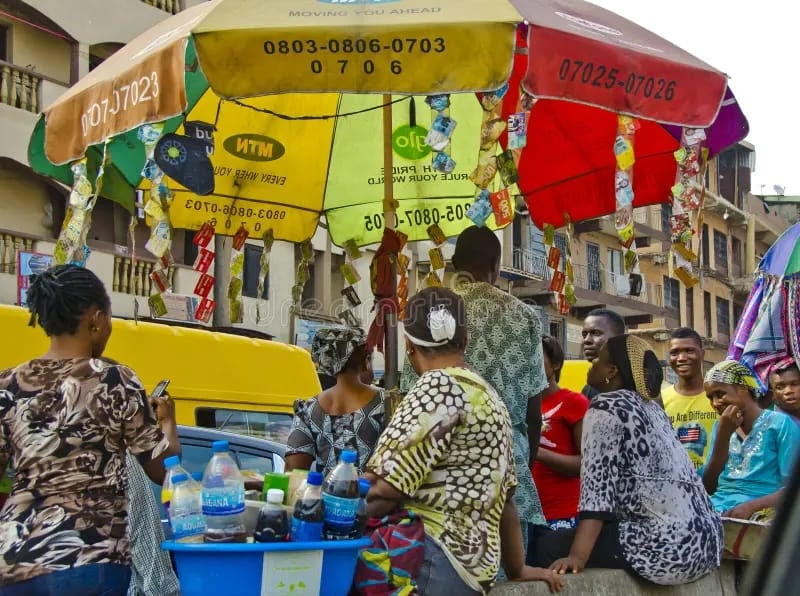By Tech Safari
There’s an ancient currency in Africa that’s not issued by governments.
And no, it’s not crypto
It’s not tied to banknotes, money supply or inflation.
And for every two minutes you spend reading this article, at least USD 20,000 worth of it will be spent.
It’s called airtime—a word that means different things in different parts of the world.
In the West, it’s an old-school term that belongs in a radio booth.
In Africa, it’s how we make the most of mobile phones on the continent.
But since we like to start things at the beginning, we have to ask: where did it come from?
Everything good starts in the 90’s
See, back in the 90s, when the mobile revolution was starting off, people paid for phone bills like every other utility.
You talked to anyone, anytime. And at the month’s end, you get a bill.
Just like you’d get one for gas, water or electricity.
By the late 90s, when telcos started springing up in Africa, they realised something really early on: this model wouldn’t work.
Africa is a low-income continent.
At the time, the average person in sub-Saharan Africa earned around $100 a month, mostly through informal jobs.
So if everyone made calls freely and paid later, most people would end up with expensive bills that are hard to pay off.
For instance, with the government-run telco in Kenya, phone calls used to cost around KSh 25 (45 cents) per minute.

So, a 10-minute phone call would cost you almost USD 5, or 5 Percent of your monthly income.
So, when private telcos launched in Africa, they invented a new mode of payment called airtime.
It was just like cash, but for your phone. Whenever you make calls, it gets deducted upfront.
And when you run out, you top it up.
It was simple, cheap, and it came in scratch cards.
People could buy airtime in bits. ₦200 here, 50 Kenyan shillings there.
Mobile vendors sprang up selling scratch cards with airtime vouchers to people.
As time passed, Africa’s phone usage grew: thanks to cheaper phones and deeper mobile penetration.
And airtime usage also grew with it.
Today, more than two decades later, airtime is huge in Africa.
In the first nine months of 2023, over ₦2.6 trillion (USD 6.3 billion) was spent on airtime and data
In Kenya, people spend KSh 3.4 billion a month on airtime.
And the average South African spends R132 (USD 7.4) every time they top up their airtime.
But here’s the wild thing: today, airtime has gone beyond a way to make calls.
When you look closely at what it is today, it becomes obvious…
Africans use airtime like currency
According to the GSMA, over 70 percent of Africans have used airtime for something other than calls and data in the last five years.
In Cameroon and the DR Congo, some churches collect tithes in the form of airtime.
In Somalia, people send airtime to relatives in rural areas, who then sell it for cash.
And some African businesses use airtime as rewards for surveys, referrals, and promotional programs.
For these people, airtime is familiar and trustworthy, so they can serve as a quick substitute for cash.
Interestingly, some companies realised this early on.
So, they started letting people pay for their services with airtime.
In Uganda, you can buy insurance coverage on M-TIBA and MicroEnsure with daily airtime deductions.
In Ghana, betting companies accept airtime credit as a way to stake on predictions.
Airtime is slowly becoming a way to pay for goods and services in Africa.
And the cool thing about it is, it follows a simple truth about Africa that’s hidden in plain sight.
And in 2023, even Apple started letting Africans pay for music subscriptions using airtime.
Africa runs on micropayments
One of the biggest truths about Africa is that everyday products are often unaffordable for everyday people.
As a result, most things are sold in a sachet. It’s called Sachetization.
Here’s the non-obvious thing, though: sachet products require sachet payments, or in this case, micropayments.
These are small payments for a specific product, often one that fixes an immediate need.
Whether it’s paying for a bus trip, getting drugs at a nearby pharmacy, or buying dinner.
Africa does a lot of these payments.
M-Pesa processed USD 450.8 billion last year. Half of them were payments under USD 10.
Last year, Moniepoint processed USD 182 billion. The average payment size? Just USD 20.
Tingtel, a bill payments app, lets Nigerians pay for electricity with airtime.
Eneza Education, a Kenyan edtech startup, lets students pay KSh 30 per week to receive lessons via SMS.
But it’s not just local tech companies. Even Apple Music, started letting MTN users pay for their music with airtime since 2023.
These are all digital services consumed by Africans, and paid for with airtime.
And it begs the question: following the logic of micropayments, what else can we pay for with airtime?
What if you could pay for school with airtime, with daily bits of airtime deducted when you show up in class?
Or pay a small sum to stream just your favourite songs and no more?
In a world like this, products that charge differently can earn differently.
Because if there’s anything Africans love, it’s paying for just what they bought.
And paying with airtime helps unlock that experience.
It’s a small design tweak that could have massive implications, and more African companies are starting to adopt it.
Airtime isn’t just a telecom relic. It’s a lesson design.

